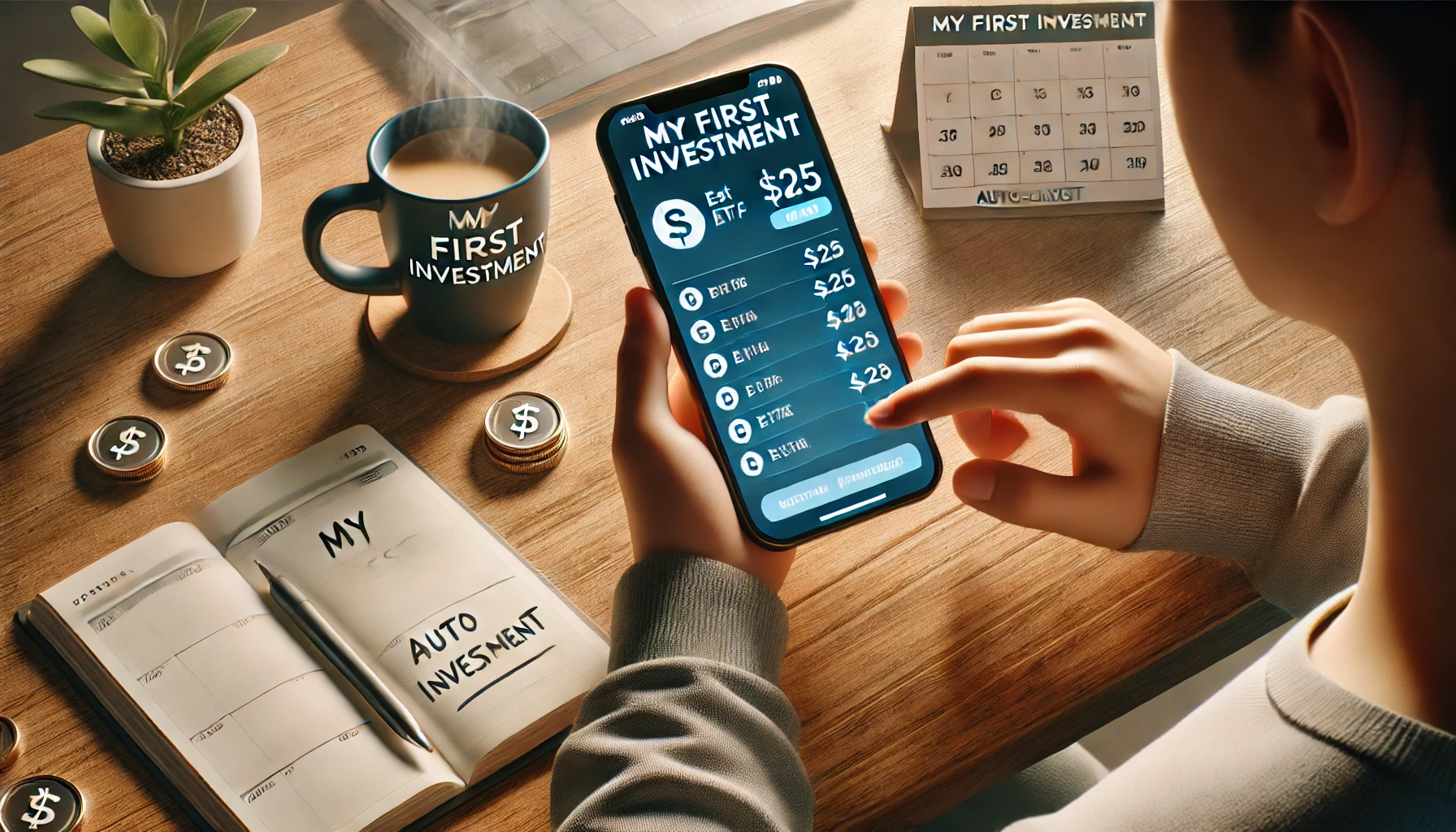Investing isn’t just for the wealthy—it’s for everyone, and that includes beginners with limited income. Thanks to modern tools and financial education, you can start investing with as little as $5. The earlier you begin, the more time your money has to grow. In this article, you’ll learn how to start investing even if your budget is tight.
Why You Should Start Investing Early
Even small investments grow over time thanks to compound interest. The earlier you start, the better your long-term results—even if you begin with tiny amounts.
Example:
- Invest $25/month from age 25 to 55 at 7% annual return = ~$30,000+
- Wait until 35 to start? You’d have only ~$15,000
Time matters more than how much you start with.
Myth Busting: “I Need a Lot of Money to Invest”
This is one of the biggest misconceptions in personal finance. Today, most platforms allow you to:
- Invest with no minimum balance
- Buy fractional shares of stocks
- Automatically reinvest your earnings
So yes—you can start with $10, $20, or $50.
Step 1: Set a Clear Financial Goal
Before you invest, ask yourself: Why am I investing?
Common Goals:
- Retirement
- Buying a home
- Creating passive income
- Beating inflation and growing wealth
Your goal helps determine where and how to invest.
Step 2: Build an Emergency Fund First
Before investing, make sure you have cash set aside for emergencies.
Why?
- The market can drop suddenly
- You don’t want to sell investments in a crisis
- A buffer keeps you emotionally and financially stable
Start with $500 to $1,000 as a basic emergency fund.
Step 3: Choose the Right Investment Platform
Look for a beginner-friendly investment app or brokerage that:
- Has low or no fees
- Allows fractional shares
- Offers automatic investing features
- Provides educational content
Popular Platforms (check what’s available in your country):
- Robinhood
- Acorns
- Stash
- Public
- Fidelity or Vanguard
- eToro or Revolut (for some regions)
Compare their features before choosing.
Step 4: Start with Low-Risk, Diversified Options
As a beginner, you don’t want to “bet” on a single stock. Instead, invest in broad, diversified options.
Best Starting Options:
- Index Funds: Track the market (e.g., S&P 500)
- ETFs (Exchange-Traded Funds): Like index funds, but trade like stocks
- Target Date Funds: Automatically adjust based on your age
These offer lower risk, broad exposure, and steady growth potential.
Step 5: Automate Your Contributions
The easiest way to grow your investments? Set it and forget it.
How:
- Set up automatic monthly deposits (even $10 is great)
- Use “round-up” features that invest spare change
- Schedule contributions on payday
Automation builds consistency and removes emotion from the process.
Step 6: Avoid High Fees
Fees quietly eat away at your returns—especially if your investment is small.
Look For:
- No-commission trading platforms
- Index funds with expense ratios below 0.20%
- Transparency in all costs (management, trading, withdrawal)
Over time, a 1% fee can cost you thousands.
Step 7: Think Long Term
Investing is a marathon, not a sprint. Don’t worry about short-term ups and downs.
Golden Rules:
- Don’t panic-sell when markets drop
- Reinvest dividends
- Stick to your plan even during volatility
Wealth grows with time and discipline—not quick wins.
Step 8: Keep Learning
Even if you start small, becoming a smart investor takes time and curiosity.
Ways to Learn:
- Follow personal finance YouTube channels (e.g., The Plain Bagel, Andrei Jikh)
- Read books like The Simple Path to Wealth
- Listen to podcasts like The Investing for Beginners Podcast
Learning builds confidence and improves your results.
Step 9: Celebrate Progress
Don’t wait until you’ve made thousands to be proud. Every step matters.
- First $100 invested? Big win.
- First dividend earned? Celebrate!
- Reached your monthly goal? Keep it going!
Investing is about building habits as much as it is about growing money.
Final Thoughts: Start Now, No Matter How Small
You don’t need to be rich to invest—you just need to start. With the tools available today, investing with little money is not only possible—it’s smart.
The sooner you begin, the more time your money has to work for you. Whether it’s $5 or $50, your future self will thank you for the decision you make today.
